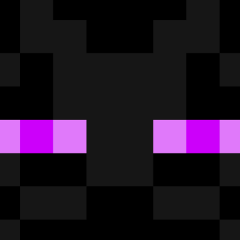Please assist me in solving a dilemma regarding adding Menu items to several external applications
-
Recently Browsing 0 members
- No registered users viewing this page.
-
Similar Content
-
- 2 replies
- 1,532 views
-
How disable the drop-down menu of a program? - (Moved)
By littleboy62,
- dropdown
- external window
- (and 1 more)
- 4 replies
- 2,245 views
-
How to prepare cache for a Virtual ListView
By FrancescoDiMuro,
- cache
- virtual list view
- (and 2 more)
- 14 replies
- 3,419 views
-
- 4 replies
- 3,095 views
-
- 3 replies
- 2,020 views
-



Recommended Posts
Create an account or sign in to comment
You need to be a member in order to leave a comment
Create an account
Sign up for a new account in our community. It's easy!
Register a new accountSign in
Already have an account? Sign in here.
Sign In Now